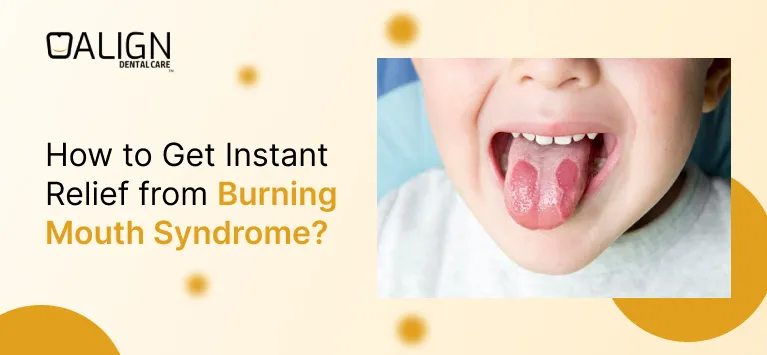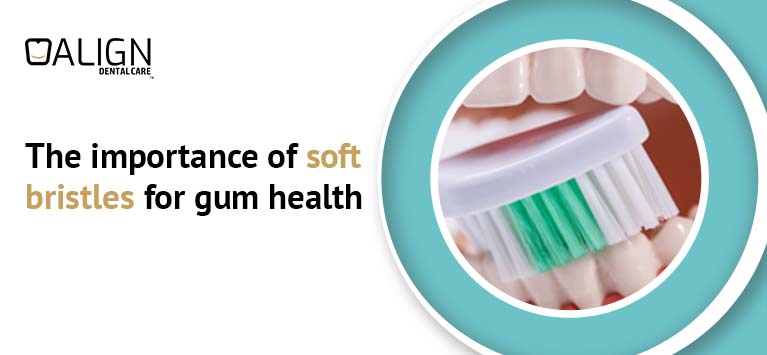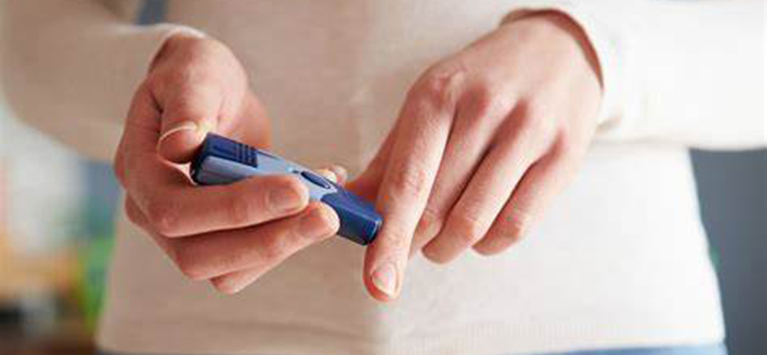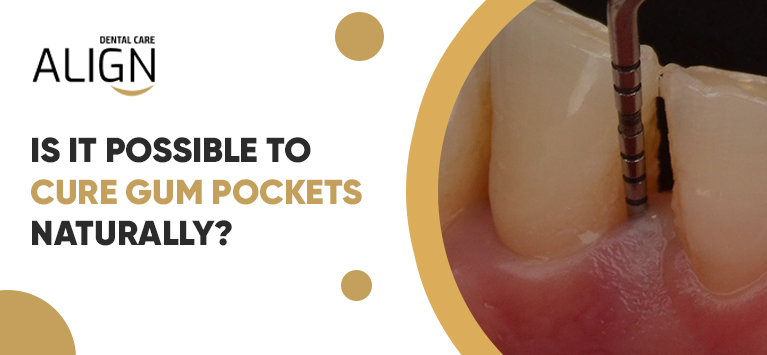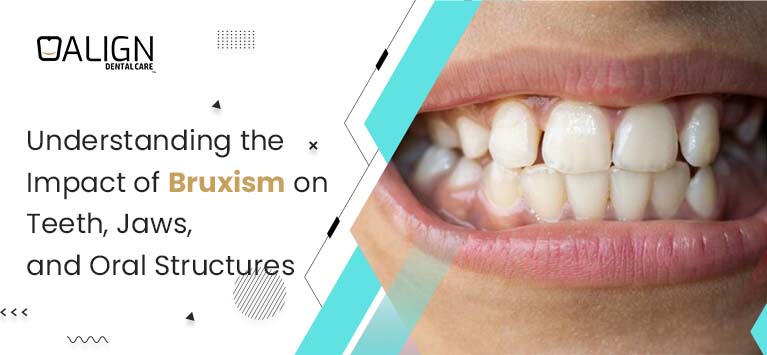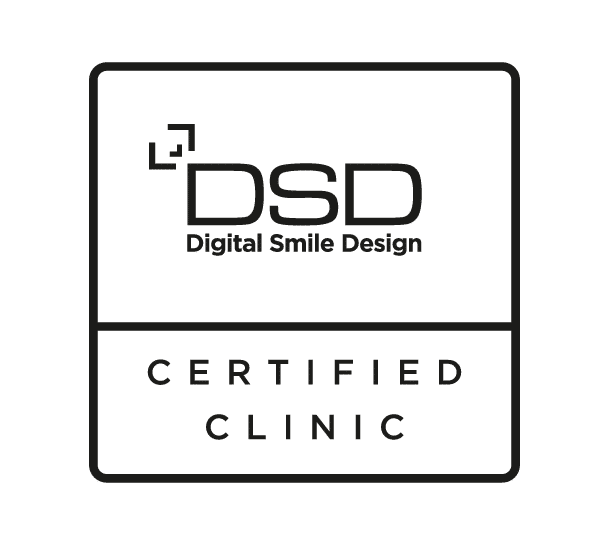
What is meant by Gum tissue graft surgery?
Do you notice your teeth appear longer than actual and feel sensitive while taking hot or cold foods? If yes, you have gum recession and you need a surgical procedure to prevent its harmful consequences.
Gum recession is a common clinical problem that involves the tissues surrounding a tooth pulls away and exposing the tooth’s underlying regions. Such receded gums occur as an effect of bruxism, aggressive tooth brushing, Plaque & Tartar build up over the gum lines.
Receding gums is a gradual process and it will deteriorate over time that eventually ends in tooth loss.
Hence Dentists recommend a mucogingival procedure called Gum tissue graft (also known as Soft tissue graft) to rehabilitate the gum tissues. In this article, we have explained this surgical procedure in detail.
Table of Contents
What is the procedure involved in soft tissue graft?
The grafting procedure will repair the receded tissues only if the gum recession’s contributing factors are controlled. Hence Gum specialists begin the procedure by examining the receded gums to identify and rectify the underlying causes.
The root coverage surgical procedure involves taking a tissue (skin flap) from the Palette region (Roof of our mouth). In certain cases, dentists get tissues from a tissue bank. The Dentists utilize the refinements in modern dentistry to extract the tissues that ensure the patients do not have any post-operative discomforts. The extracted tissues are then treated to reduce the chances of disease transmission.
The graft is placed underneath the gum tissue in the area of recession and it is then repositioned to cover the exposed root surfaces.
Different sources of donor tissues
The combination of coronally advanced flap (CAF) and connective tissues, different allografts and certain other grafts are commonly used for regenerating gum tissues. They are categorized into 3 types as follows:
- Autogenous – The autogenous graft involves a flap of skin extracted from the palette. It is secured over the tooth’s exposed underlying regions and beneath the gum tissues. This remains the primary choice for treating gingival recession around single or multiple teeth and even in dental implants.
- Allograft – The autogenous graft remains the golden standard for treating gingival recession whereas the Orthodontists prefer allograft or xenograft depending on the spending needs. Human Acellular Dermal Matrix (ADM) is the widely used allograft applied beneath the CAF used for regrowing the gum tissues.
- Xenograft – Porcine Collagen Matrix has been used as Xenograft for regenerating the gingival tissues.
Gum Tissue Graft Aftercare Instructions
When you get soft tissue graft at a dental office, the dental surgeon will provide you the essential instructions on diet, physical activity and others to heal the treated gingival site quickly.
It would heal within 7 to 14 days if you follow the given instructions after the surgery:
- You have to take soft food items like milk, yogurt, curd rice, less-acidic fruits and vegetables for minimum 2 weeks.
- Don’t take tobacco and alcoholic substances.
- Take the antibiotic medications prescribed by your dentist to reduce infection.
- While brushing and flossing, don’t touch the gum line for a few days because it will irritate the treated site and interfere with the repairing process.
- Rinse your mouth with the mouthwash or other solution suggested by your dentist at regular intervals.
Bottom Line
Gum graft surgery sounds a weird thing but it is minimally invasive. You can resume your daily activities immediately following the surgery. Mild discomforts like pain and bleeding are common if the graft is taken from the palette and it exists for a few days.
On the other hand, a dental visit is mandatory if there is bleeding for more than 20 minutes and intense pain that prolongs for weeks. For more details, contact our team of dentists in Dehiwala.






